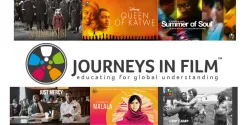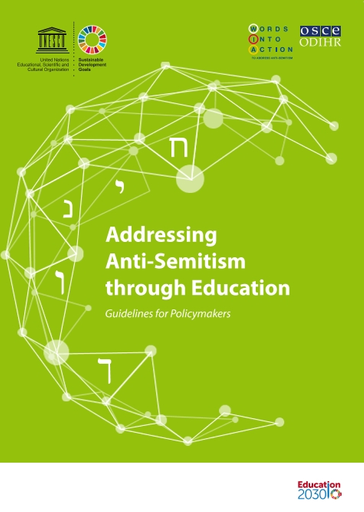About This Lesson
An up-to-date resource to explore the continued existence of Antisemitism today and its rise since 2013, plus its ties to white supremacy.
This lesson poses five essential questions:
- What is antisemitism, and what does it look like today?
- What methods do Antisemitic groups and their leaders use?
- How do recent Antisemitic attacks compare to attacks before and after the Holocaust?
- Why are Antisemitism and related forms of oppression a concern for all people?
- How can individuals monitor and stand up to Antisemitism?
This lesson explores four different incidents of Antisemitic violence in the United States. The lesson includes an analysis of recent hate crimes incidents. Finally, students explore white supremacy and its connection to Antisemitism and write an essay on combating Antisemitism.
This lesson was originally created for the film Schindler's List. It can easily be used without the film. If using in this way, advise students to skip the small number of questions on handouts about the film.
Content Advisory
Please be aware that there are many graphic scenes of violence depicted in these resources. You should review the entire lesson before presenting it in the classroom. Please note that the nature of this lesson will be troubling for some students and classes. Feel free to adapt materials and procedures as needed to ft your students, school, and community
We recommend combining this lesson with our Facilitation Guidelines for Group Discussions. These guidelines will help you establish an open atmosphere for a free exchange of ideas and opinions and a process for a successful experience.



















